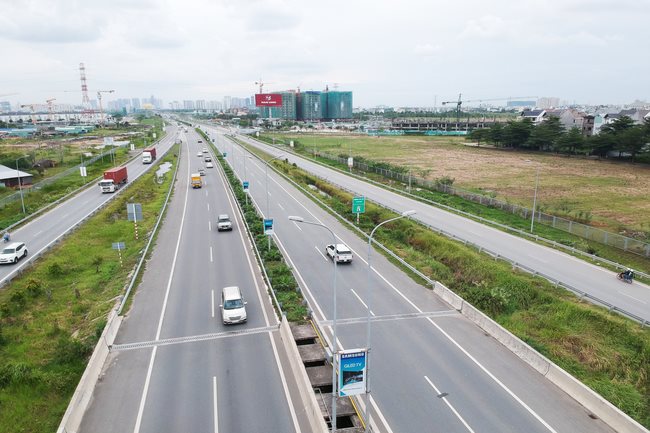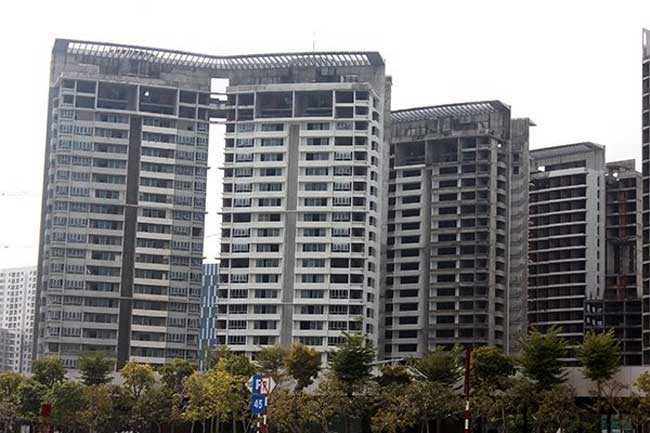Central bank raises risk coefficient on property loans
Central bank raises risk coefficient on property loans
Banks have been told to pay more attention to property lending, following the policy of the State Bank of Vietnam (SBV) to revise upward the credit risk coefficient applied to loans for buying houses worth over VND3 billion.
The risk ratio will be raised from the current 150% to 200%, or a coefficient rising from 1.5 to 2.0. This is seen as a move to tighten the financial faucet with funds flowing into the property sector, especially the luxury segment.
Tran Dinh Cuong, deputy director of SBV’s HCMC Branch, said that the policy of using short-term capital to finance mid- and long-term loans will also be more restrictive, with the ratio reduced from 45% to 40% this year.
The more restrictive policy is being applied to every sector, not only the property one, Cuong was quoted as saying to the Voice of Vietnam (VOV).
According to the representative of SBV, the property sector accounts for 10-12% of total long-term loans; the majority of the remainder goes to investment and production facilities.
Statistics show that banks have been using 35-36% of short-term funds to finance mid- and long-term credit, still not reaching the current cap of 40%. Thus, the policy does not affect the property sector.
However, in the coming period, a risk ratio of 200% will apply to loans worth over VND3 billion, while the ratio is 50% for houses with prices below VND1.5 billion and those in the budget housing segment.
SBV leaves commercial banks to decide their lending strategies, noting that the lenders can adjust their interests to mobilize capital. The lending adjustment is applied gradually to avoid shocks to the property market, Cuong said.
In a recent report, SBV said that money flowing to the property sector is still on the rise. As of the end of 2018, credit for the property sector had increased 31.76%; and in the first three months of 2019, the number posted at 3.29% against late 2018.
SBV has presented a draft circular, which will replace the current Circular 36/2014 regulating a safety proportion in banking activities and setting the target of using short-term capital to finance long-term credit to 30% by the year of 2022.




















